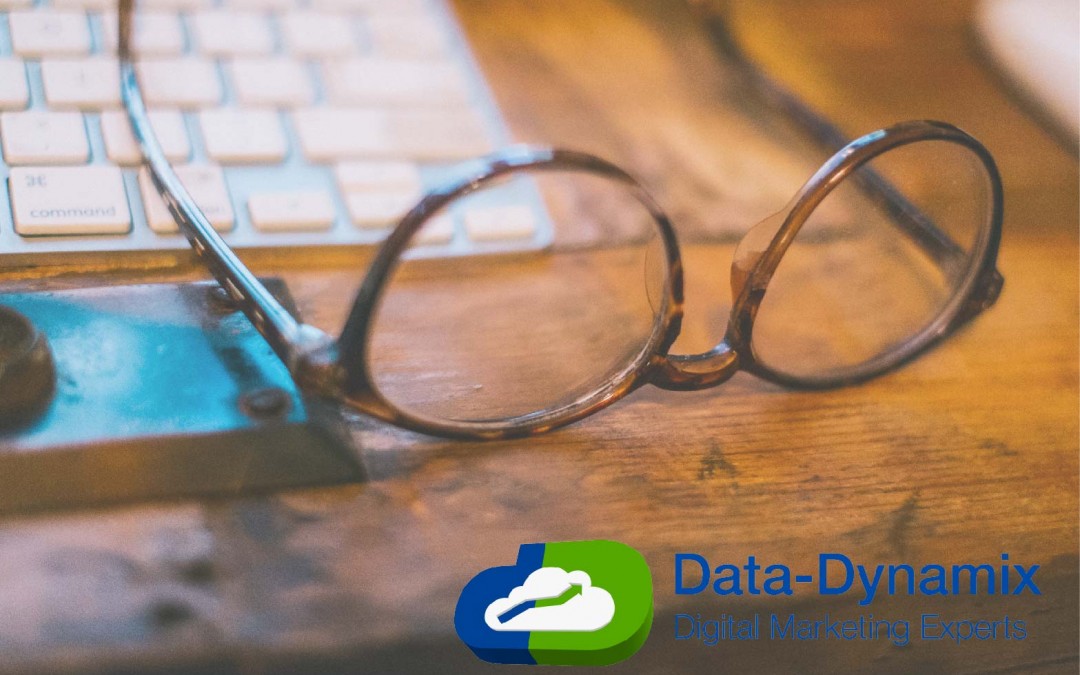Why Native Advertising Is One Of Your Best Friends Today
Native advertising is a premium and highly sought-after level of advertising that blends your ads seamlessly into your content. This creates a better user experience for your potential customers. Native ads can recommend content or sponsored listings that create better engagement rates. Ads that pop up, seem irrelevant, or interrupt the customer’s experience can immediately create a wall of distrust that leads to zero conversions. According to Business Insider, native ads will drive 74% of ad revenue by 2021.
If you’re still on the fence about switching to native ads, here are some statistics that will make you take the plunge.
Purchase intent is 53% higher when consumers click on native ads instead of traditional ads.
Native ads containing rich media can boost conversion by as much as 60%.
Native ads can increase brand lift by as much as 82%.
According to the Interactive Advertising Board, there are six types of native advertising:
Content Recommendation Engine Widgets
You’ve seen these on most websites. This is usually located at the end of an article and has a heading like “You May Also Like…” and “Recommended for You”. This type of widget is called a recommendation engine. It provides a way for brands to drive traffic back to their websites.
Promoted Listings
Promoted listings are used on e-commerce sites to feature sponsored products first, especially on a category page. A prime example would be showing featured vacation package deals on Expedia.com or iStock Photo suggestions on free image sites.
Paid Search Ads
Paid search ads are almost exactly like promoted listings, except the listings appear at the top of customer search results. You’ll see terms like “promoted listing”, “Ad”, and “paid search ad” tags. It can be used to promote ads based on location, previous preferences for certain businesses and restaurants, and also as a way to put advertisers at the top of a customer’s search results. These types of ads appear at the top of google searches.
In-Feed Units
You see this often with social media ads. This sponsored content will blend into the rest of the content. It is marked as “sponsored”, but is a seamless blend that captures the interest of consumers. Pinterest, Facebook, and Instagram use native ads in this manner.
In-Ad With Native Elements (IAB Standard)
This is where you create what appears to be a standard ad, but make sure it’s relevant to the publisher’s original content. They are ads that fit inside the standard IAB containers (e.g. 300×250 or 300×600 banners). A food brand, for instance, may promote its recipes on a user-generated recipe site like AllRecipes.com.
Custom Ads
Custom ads fit all others. Spotify and Pandora are excellent examples of this category. If you create a workout playlist on either platform, you’ll receive ads geared toward fitness clothing lines, gyms, or sport drinks.
Whatever type of native ads you choose to add into your marketing mix, make sure you track your results from start to finish. Here are some additional things to keep in mind: first, native ads should blend seamlessly into your content. Second, your ads must state clearly that they are ads, and ad disclosure statements are also required on your website.
For more information on using native ads (with examples), check out the IAB Native Advertising Playbookopens PDF file .

